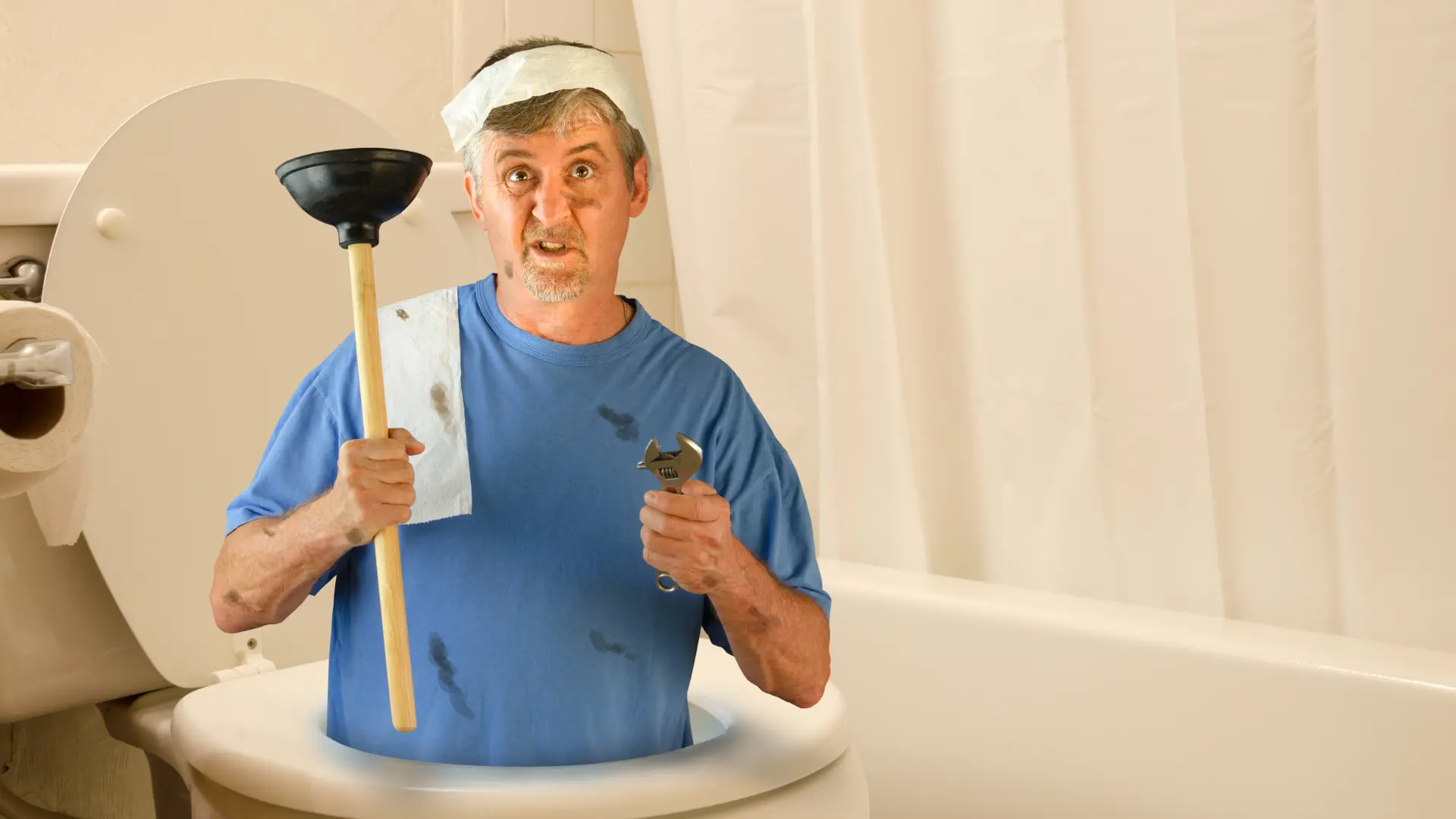Something that often gets overlooked in plumbing, but is crucial, is water backflow prevention. If you are missing a water backflow preventer, there is a significant risk for water contamination since water can flow in either direction.
The Health Department in many states requires water systems to employ and sustain a water backflow prevention program in order to help care for the public water supply.
While these public programs are helpful, you can protect the drinking water in your own home by installing your own water backflow preventer.
Here is everything you need to learn about maintaining clean and safe water with backflow prevention.
What does a water backflow preventer do?
Water backflow prevention devices are designed to prevent water contamination and pollution from backflow. It is a device which prevents water from flowing backwards in your pipes. Backflow can cause contaminated liquids or gases to flow backwards in your pipes, which could lead to a contamination of your water supply. There are some terms that will help you understand the process.
Terminology
Backflow
Backflow is the most crucial term. It refers to an undesirable reverse flow of water into the drinking supply. The points at which the potable and non-potable water supplies connect are common. These include appliances such as a dishwasher or clothes washer. Cross-connections must be designed carefully to prevent backflow between water supplies.
Back-siphonage
When higher pressure fluids or gases, suspended solids, or other fluids are moved to an area with lower pressure fluids called back-siphonage. The phenomenon can be compared to drinking from a straw. Suction decreases the pressure within the straw which allows the liquid to rise to the top and reach the mouth.
A similar suction can be created when there is a large pressure drop in the water delivery system. This causes unwanted material to get into the system. It’s also called indirect cross-contamination.
Back-pressure
Back-pressure is when the pressure of the customer exceeds that of the water supply. This can be analogous to blowing air through straws and causing bubbles in the glass. If natural gas is forced into a potable tank it could move to the kitchen faucet.
Back-pressure sources include boilers, water pumps, and power washing machines. Direct cross-contamination is the possibility that unwanted materials could enter the system.
Water backflow prevention devices
There are a few options for water backflow prevention. The best choice will depend on the plumbing requirements of your home.
An air gap is one of the most basic types of backflow prevention. It simply creates a separation between the water supply pipe’s end and the vessel that receives it.
The pressure vacuum breaker (PVB) is another common backflow prevention. The device usually includes an inlet shutoff, check valves with spring loaded, test and valves, as well as an outlet shutoff. However, PVBs are not effective against back-siphonage.
Other standard devices include spill-resistant vacuum breaks, double-check and reduced-pressure principle backflow assembly. Your local qualified plumber will have experience working with many types of water backflow preventive devices so you are covered.
Why should I get a water backflow preventer?
There are many reasons why a water backflow preventer is necessary. It is important to be aware of these reasons in order to avoid legal consequences and injury. These are some of the reasons you might want to install a water-backflow prevention device.
Safety
To ensure safe drinking water, you must prevent water backflow. It is essential to install and maintain a water-backflow prevention device in your home. Backflow prevention may be most in important in areas where there are frequent pressure fluctuations.
Backflow events are something you might not see very often. Backflows of toxic or hazardous substances can cause injury, death, and illness. It is easy to protect your family and home from such events. Installing a water-backflow prevention device will ensure that your home is protected from contamination.
Legal reasons
A backflow prevention device is required in all states. This can prevent you from having to pay costly legal fees. It is always best to call your local Department of Health to verify all safety requirements.
Avoiding repairs
Due to foreign material, backflows can cause serious damage to your pipes. Installing a backflow prevention device can help you avoid costly repair bills. You can also avoid having to go without water for several days as repairs progress. Water backflow prevention can also help you avoid additional repairs.
We can help
Would you like to talk to a professional plumber to get more information or help in installing backflow preventer valve? Go to our contact page and get things started.



